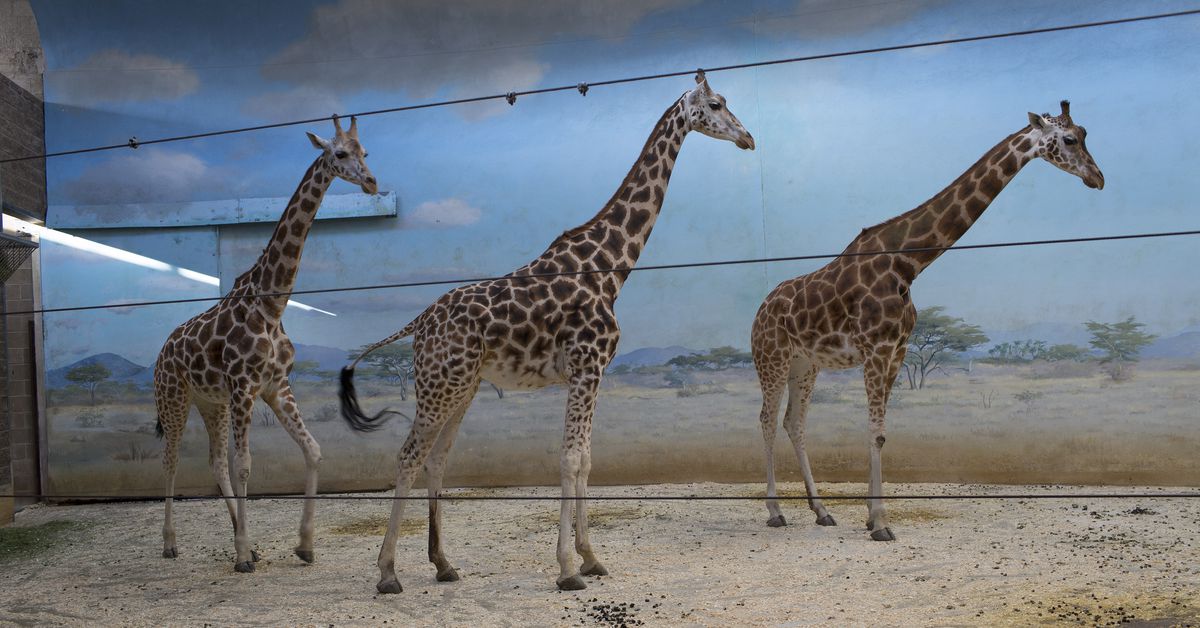deleted by creator
While I know anecdotal evidence doesn’t mean much, I personally felt a lot of empathy towards the animals when I took my son last year. I think it is hard to read every plaque in front of the exhibits and not be sad. Almost every plaque says something about how the animals exhibited are struggling in the wild due to everything humans do to the planet, and each one gives suggestions on how we can improve the world. I may be a rare case though because I can understand and acknowledge the environmental impact we have as humans, and I actually read the plaques. I think you may be right about the majority of people who go to the zoo, but I do feel like it is effective if people engage with the lessons that zoos try to teach.
deleted by creator
They typically lay around because they are depressed or tired.
That’s quite an uneducated viewpoint. Most animals (including us) move a very small part of the day. Finding food, finding mates, etc. Lions will sleep or rest for 21 hours a day. Their active hours tend to be dawn and dusk.
Beyond that, Nobody is physically poking any animals, that’s not how zoos work. As someone who worked at a zoo bad behaviour is rare, it happens, but it’s dealt with.
That would be nearly impossible to quantify, but research around this area shows that empathizing with animals through accurate understanding of them is important for conservation support.
Research suggests that animal-oriented learning institutions—including zoos, aquariums, sanctuaries, and nature centers—may be uniquely positioned to spark and nurture people’s empathy for animals.
Although this research did not definitively identify links between people, animals, empathy, and conservation behaviors, the evidence indicated that developing empathy toward animals can be a powerful way to promote conservation behaviors.


